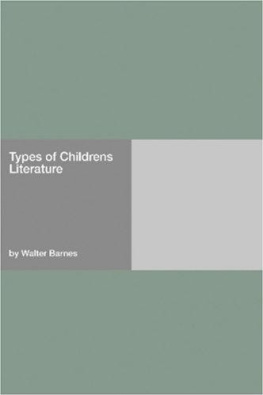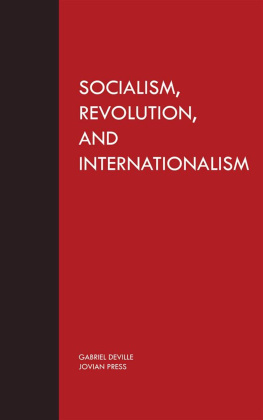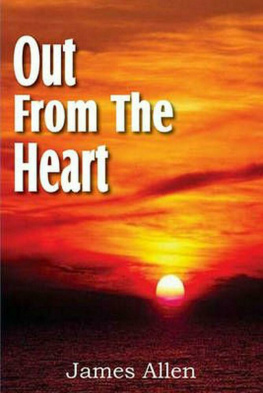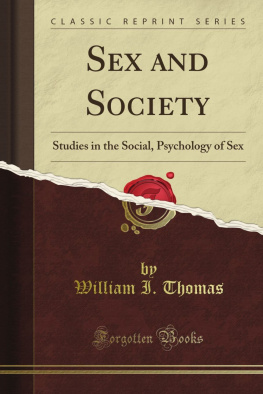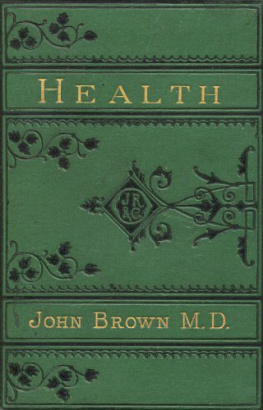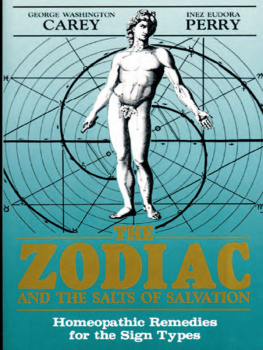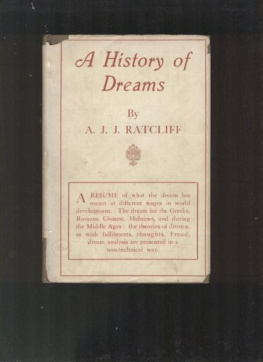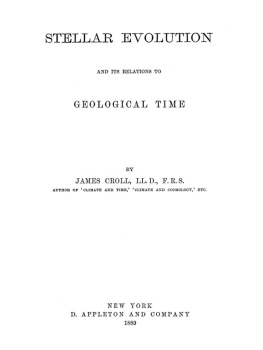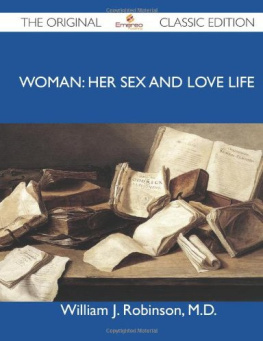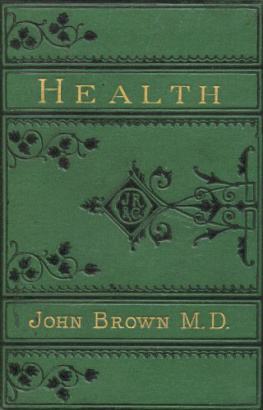The Project Gutenberg EBook of Types of Children's Literatureby Edited by Walter Barnes
Copyright laws are changing all over the world. Be sure to check thecopyright laws for your country before downloading or redistributingthis or any other Project Gutenberg eBook.
This header should be the first thing seen when viewing this ProjectGutenberg file. Please do not remove it. Do not change or edit theheader without written permission.
Please read the "legal small print," and other information about theeBook and Project Gutenberg at the bottom of this file. Included isimportant information about your specific rights and restrictions inhow the file may be used. You can also find out about how to make adonation to Project Gutenberg, and how to get involved.
**Welcome To The World of Free Plain Vanilla Electronic Texts**
**eBooks Readable By Both Humans and By Computers, Since 1971**
*****These eBooks Were Prepared By Thousands of Volunteers!*****
Title: Types of Children's Literature
Author: Edited by Walter Barnes
Release Date: September, 2004 [EBook #6588][Yes, we are more than one year ahead of schedule][This file was first posted on December 29, 2002]
Edition: 10
Language: English
*** START OF THE PROJECT GUTENBERG EBOOK TYPES OF CHILDREN'S LITERATURE ***
Produced by Curtis Weyant, Charles Franksand the Online Distributed Proofreading Team.
TYPES OF CHILDREN'S LITERATURE
A COLLECTION OFTHE WORLD'S BEST LITERATUREFOR CHILDREN
FOR USE IN COLLEGES, NORMAL SCHOOLSAND LIBRARY SCHOOLS
COLLECTED AND EDITED
BY
WALTER BARNES, A.M.
Application of the world's knowledge to the world's needs is theguiding aim of this publishing house, and it is in conformity to thisaim that Types of Children's Literature is published. There isneed of helpful direction for parents and teachers who wish to placewithin reach of every child the beauty, wisdom, and knowledge storedup in the world's best literature for children. The domain is sovast, so rich, and so varied that a single volume which presentsspecimens of all the different types for study and analysis by olderreaders and for reading by the children themselves, may hope to makeeasy and natural for children the entrance to the pleasant land ofbooks
PREFACE
This collection of specimens of children's literature has evolveditself naturally and, as it were, inevitably out of the editor'sexperience in teaching classes in children's literature in normalschool and college, and it is published in the belief that otherteachers of this subject find the same need of such a book that theeditor has experienced. For it is obvious that if we are to conductclasses in children's literature either for general culture or forspecific training of teachers, we must have specimens of children'sliterature readily accessible to the students. We must bring studentsto a knowledge and appreciation of any author, period, or type byhaving them study representative selections, and this principleapplies as logically to courses in children's literature as tocourses in other kinds of literature.
Types of Children's Literature is intended to provide studentsof the subject with a single-volume anthology of prose and poetryillustrative of the different types, styles, interests, periods,authors, etc., of writings for children. There are, of course, manycollections of specimens of children's literature; but they are allmade as reading books for children and, consequently, areunsatisfactory, in some important respect or other, as source books.Moreover, these collections are published in several volumes andcontain much that is mediocre and trivial. As far as the editor hasbeen able to discover, there is but a single one-volume collection,and that collection, having been compiled solely for juvenilereaders, is impracticable as a text for college and normal schoolclasses. In teaching classes in children's literature the presenteditor has had to use, as the only possible text, such sets ofliterary readers as the Heart of Oak series or such miniaturelibraries as the ten-volume The Children's Hour or the eight-volume Children's Classics. This procedure has been bothexpensive and inconvenient for teacher and students, besides notsupplying some of the material desirable in any symmetrical outlineof study.
In compiling the book the editor kept in mind several guiding aims.Foremost was the wish to include in the collection at least oneselectionand that a masterpieceof each type and kind ofchildren's literature in the English language. The different speciesof prose and poetry; the various kinds of stories, such as fables,myths, and fairy stories; the fundamental forms of discourse, such asnarration, description, the sketch, the essay, the oration, lettersnearly all the molds, so to speak, into which the molten literarystream has flowed all these types are represented by the choicestspecimens in the range of children's literature.
A careful inspection of the selections in this volume will reveal therich variety of the material. Specimens are to be found of folkliterature and modern literature, of the romantic, of the realistic,of the crude and naive, of the artistic and sophisticated, of thehumorous and the pathetic. The editor has tried to find specimenspresenting as many themes, as many interests, as many emotions aspossible, characteristic specimens of the most important authors forchildren, of all the civilizations that have produced literatureswhich have become a part of the English-speaking child's heritage.The collection contains literature for the little child andliterature for the boy or girl in the early 'teens, and it rangesfrom primitive times down to this present decade. Moreover, since aconsiderable part of the body of children's literature is made up oforiginal selections made over for children, a few masterpieces oftranslations, re-tellings, abridgments, and reproductions have beenincluded.
The editor hopes that he has allotted a proportionate and equitableamount of space and emphasis to each type, department, and section ofthe collection. He had it in mind, at least, to give as many pagesover to poetry, for example, in proportion to prose, as many pages tofairy stories, for example, in proportion to myths, as would indicateroughly the average child's interests. If this proportion is not dueand just, as the editor sometimes fears, it is to be hoped thatcritics will realize the web of difficulties in which such a task asthis is entangled.
A word as to the classification and nomenclature. The editor realizesthat this is neither original nor accurate. It is certainly notscientific, as the types overlap here and there, and the names arebased partly on form and partly on content. But classification andclass names were indispensable in a book of this nature, and itseemed a better policy to employ the classification and the namesalready firmly established in common use than to attempt to subjectto a new system of scientific terms that which is by nature notamenable to scientific laws and scientific precision. Theclassification appears only in the Contents; it does not stand forthin the book itself.
It should be said, further, that the order in which the differenttypes are placed in the book is more or less arbitrary, having beendetermined largely by the succession in which children take them upfrom year to year, beginning with the simpler forms and more childishthemes, and somewhat by the principle of similarity and contrast inthe types themselves. Needless to say, teachers will change the orderin which the species and specimens are studied in accordance with anywell-defined plan of their own.
A distinct service has been rendered, the editor hopes, by presentingthe definitive and authoritative versions of all the selectionsgiven. This has meant a painstaking reading of every line in everyselection and the collation with editions that are trustworthy. Everystudent of children's literature knows that it has been almostimpossible to find exact readings, and that most selections have beendistorted and garbled to suit the purposes of editors. No changesfrom the originals have here been made except to abridge in a fewinstances where it seemed imperative in a book intended for readingand discussion in classes of both sexes. The editions used and thechanges made are given in the Notes.
Next page
